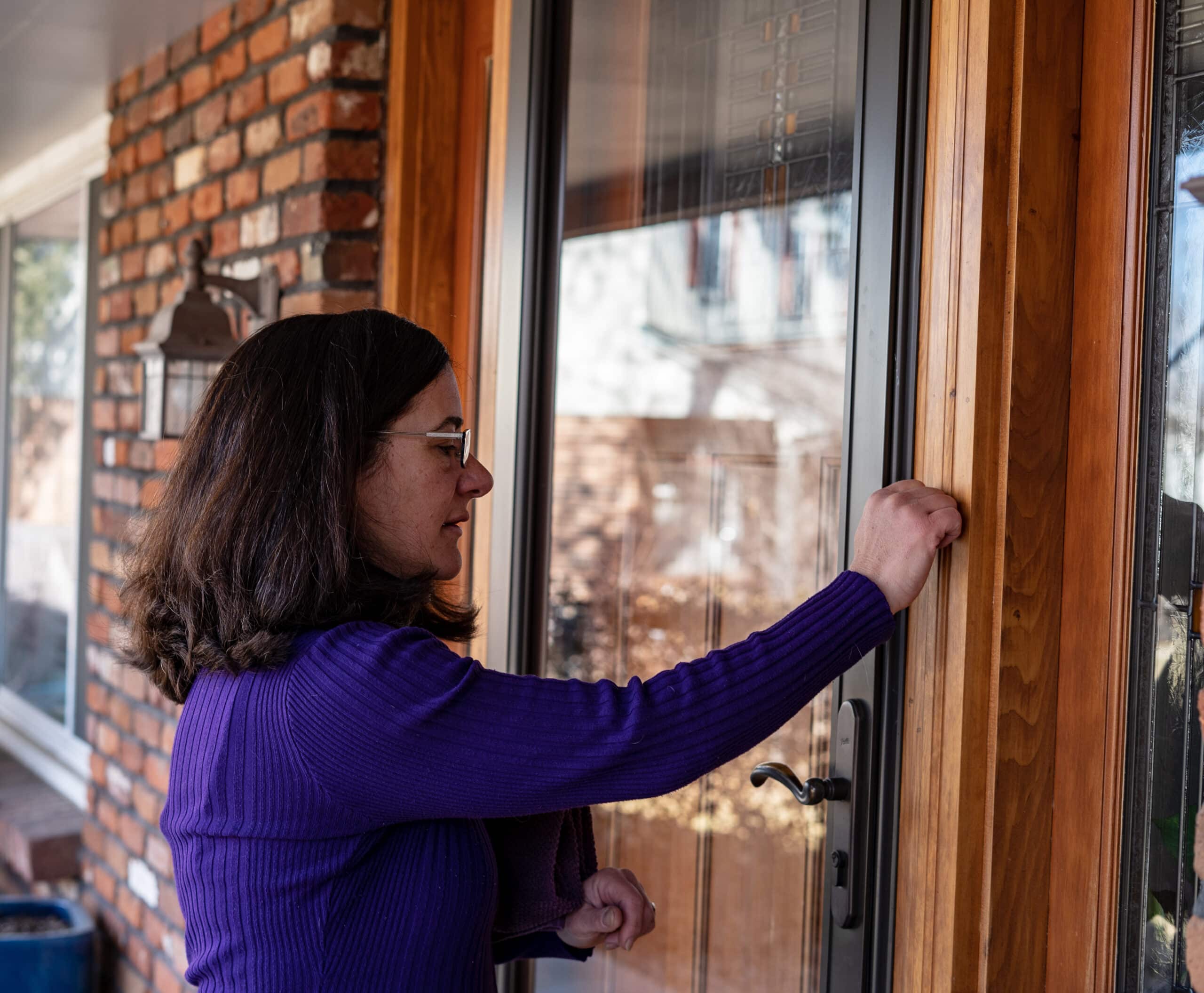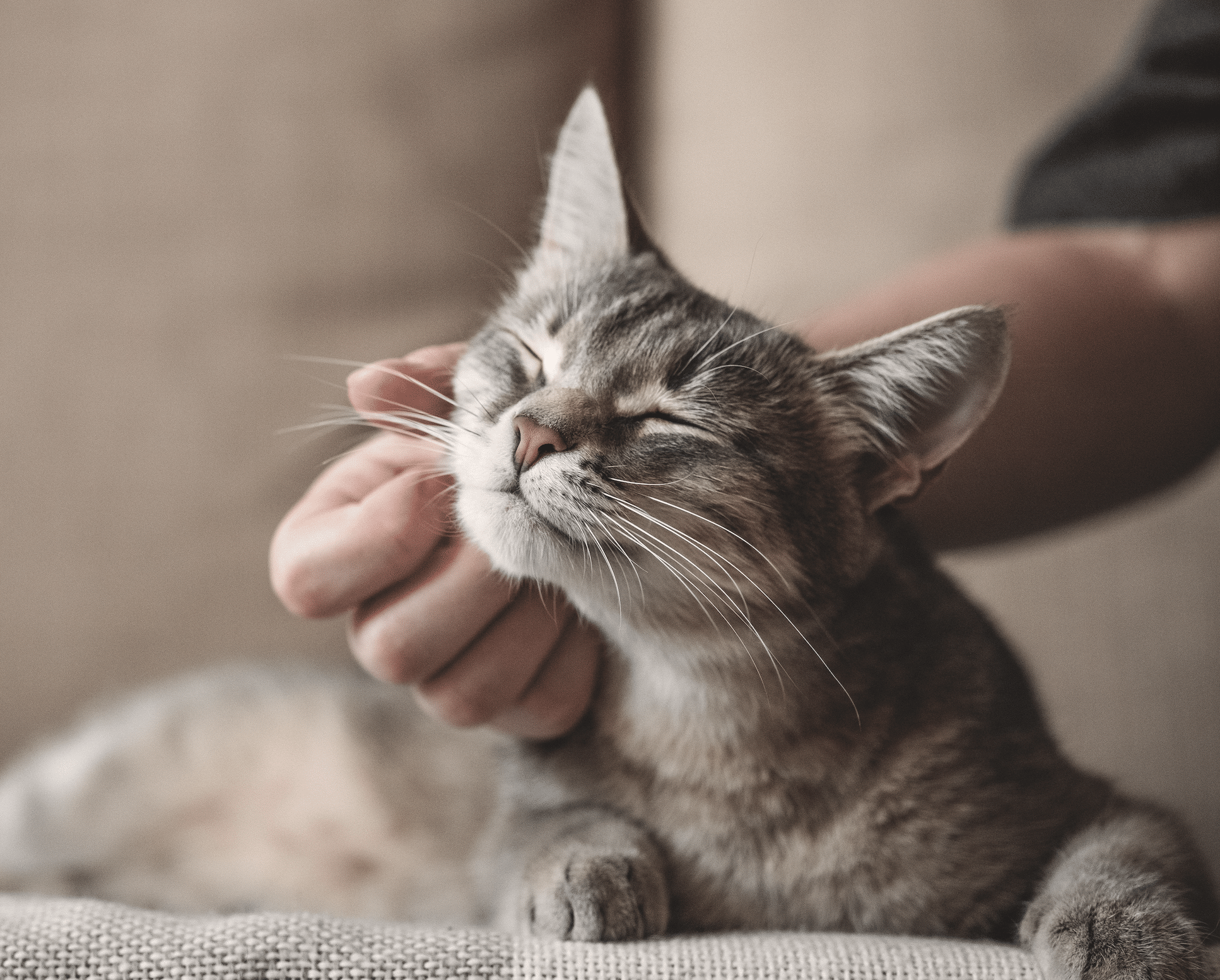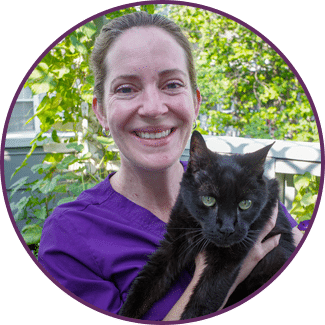
The following article is intended to give pet families a general idea of what to expect when scheduling in-home euthanasia appointment for your loved one. Please give our team a call or send us an email if you have any questions about this process.
Before Your Veterinarian Arrives
Before your veterinarian arrives, you might receive a call to confirm certain details of your appointment such as: your pet’s name, weight, recent medical history and your choices of body care and keepsakes. These details may also be covered when the veterinarian arrives at your home.
When Your Veterinarian Arrives
When your veterinarian arrives, they will spend some time getting to know your pet and your other companion animals present. In most cases, the procedure will be performed anywhere at your home. So if your pet enjoys a special room, under a certain tree or even in your car, talk to your veterinarian about where you’d like the appointment to take place. This is a good time to mention any other considerations you have such as the presence of children, other pets etc.

Explanation
Your veterinarian will first explain the process from start to finish. We encourage you to ask questions, seek clarification or simply ask for the veterinarian to rephrase anything that is unclear. When we experience grief or other intense emotions, our ability to process information is challenged. Please feel free to speak up if you are confused or needing information at any point during your appointment. Your veterinarian is there to address your concerns.
Sedation
Your veterinarian will first administer sedation either under the skin or into the muscle, similar to how vaccines are given. If your pet is still eating, this is a great time to offer them a special treat (even chocolate) to distract them from that little poke. Your pet’s sedation cocktail is a powerful combination of pain medications and sedatives. This will allow your pet to slip into a deep and pain-free sleep in about ten to fifteen minutes. Every pet is unique and if yours happens to need extra sedation to fall completely asleep, your veterinarian has everything they need.
Once your pet is sleeping peacefully, your veterinarian will assess the depth of their sedation. This is often done by firmly squeezing your pet’s toes and toenails. When your pet no longer responds to that stimulation, we know their sedation is very deep. They are no longer feeling their body and they are ready to make their peaceful transition.

Administering Euthanasia Medication
Your pet’s euthanasia medication will be given into a vein. Because of this, an area of fur may be clipped from your pet’s leg and the area will be prepped. Occasionally, because of old age, certain disease processes or other patient factors, it’s possible that your veterinarian may have to try more than one spot to find a suitable vein to deliver the euthanasia medication. Rest assured that your pet will not be aware of this, nor will they be feeling anything at all.
If your beloved pet is a cat, her euthanasia medication may be given into the kidney or liver. Our feline sedation protocol provides a surgical plane of anesthesia and so your cat will not experience any sensation regardless of where her euthanasia solution is given. Euthanasia medication is essentially an overdose of anesthesia (a barbiturate) which starts to work as it’s given. It goes to work anesthetizing the brain completely first, which in turn brings the heart and lungs to a stop. This process is gentle and completely pain free for your pet. They will literally pass away in their sleep.
Time Alone with Your Pet
Your veterinarian will confirm that your pet has passed by listening to their heart. Then they will return to their vehicle to give you privacy. When you are ready, let your veterinarian know and they will return with a stretcher or basket and tuck your pet in with a blanket. Depending on your pet’s weight, it may be necessary for someone in the home to help your veterinarian carry your pet. If your pet is very small and you would like to carry them yourself to the vet’s car, let your veterinarian know. Our team is always accommodating. There is also zero expectation to carry your own pet if it’s not right for you.
This is Your Time and We are Here to Serve You
Your veterinarian understands that while every family is different, it’s very likely you will be experiencing grief and feeling intense emotion on this day. For many people, saying goodbye to a pet may be the greatest loss of their lifetime. A recent survey found that 68% of Americans report that the loss of a pet was harder than the loss of a human loved one. Please don’t feel embarrassed or apologize for expressing grief during your pet’s appointment. Your veterinarian will do their utmost to support you while they make your pet’s peaceful transition a priority. If you find that you need support after your pet has passed, our team has an on-staff Grief Support Specialist and your first counseling session with her is complimentary.

Thank you for trusting Caring Pathways. It is our honor and privilege to serve you during this difficult time.
Written by: Dr. Mavi Graves, Caring Pathways Veterinarian
Dr. Mavi moved back to CO to attend vet school at CSU. While at CSU, she served as a manager of the student volunteer pet hospice program and that’s when she discovered end-of-life care as her veterinary calling. Dr. Mavi feels that the end-of-life journey is an incredibly sacred and meaningful time to serve pet families and she feels strongly about the importance of letting pets pass away at home. It is an honor to facilitate gentle and peaceful euthanasia experiences and to that end, Dr. Mavi has earned her Fear-Free Certification. She is also working towards acupuncture certification and strives for excellence and personal betterment in supporting pet owners through what may be one of the most difficult days of their lives.

